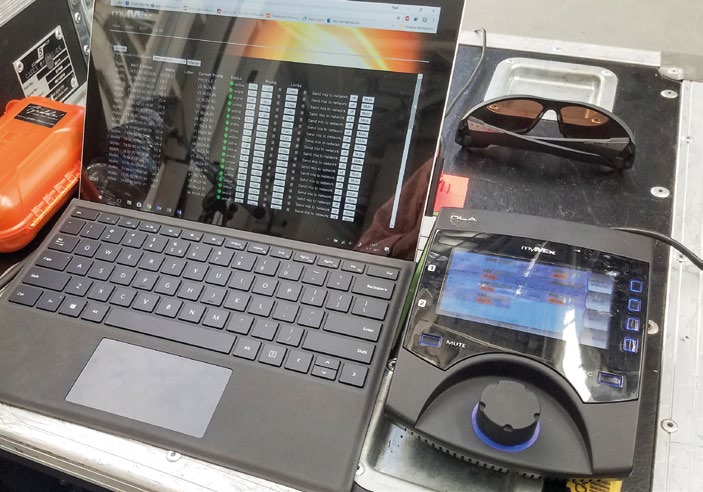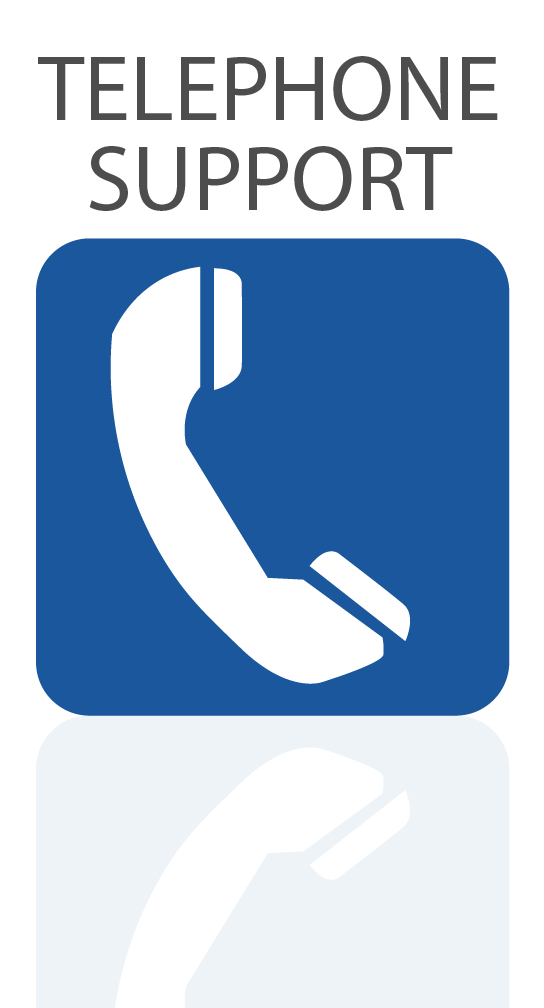 RME & MyMix feature at the Hollywood Bowl for Pete Tong's Ibiza Classics Tour, alongside the Heritage Orchestra and conductor Jules Buckley
RME & MyMix feature at the Hollywood Bowl for Pete Tong's Ibiza Classics Tour, alongside the Heritage Orchestra and conductor Jules Buckley
Back in 2016, Pete Tong teamed up with conductor Jules Buckley and The Heritage Orchestra for his ‘Ibiza Classics Tour'. Backed by the 56-piece orchestra, the show recreated a selection of the DJ's most iconic dance tracks live on stage, performing to sold out venues across the UK, Australia and the US.
The tour continued into late 2017, when the show was brought to the Hollywood Bowl in California. A world-famous 18,000 capacity venue, the Hollywood Bowl has hosted performances from some of the biggest names in popular music, such as Louis Armstrong, The Beatles, The Beach Boys, The Doors, Jimi Hendrix, Elton John, The Who, Genesis, Kylie Minogue, Kraftwerk and many more.
For a show of this size, one of the main challenges the production crew faced was the delivery of monitor mixes to everyone involved. The electronic band, background vocalists and guest performers – a long list which included Moby, Aloe Blacc and AlunaGeorge – were served by a typical complement of in-ears and wedges, but the orchestral performers needed a setup that could accomodate in-ear monitors.
For the dates outside of Europe, many of the orchestral roles were also fulfilled by local musicians, so the system needed to be both simple to use and easy to explain. When working with a large group such as the Heritage Orchestra, complex monitoring systems can create issues for performers, particularly if they're too complicated to operate on stage.
Monitoring with myMix
 Fred den Dulk, of the Netherlands-based production company Next Level Audio, had previous experience with myMix, a networked audio system that provides each musician with individual control over their own monitor mix. Every peformer was kitted out with a myMix personal monitor mixer (pictured right), allowing them to decide how much (or how little) of their fellow musicians they wanted to hear in their IEMs.
Fred den Dulk, of the Netherlands-based production company Next Level Audio, had previous experience with myMix, a networked audio system that provides each musician with individual control over their own monitor mix. Every peformer was kitted out with a myMix personal monitor mixer (pictured right), allowing them to decide how much (or how little) of their fellow musicians they wanted to hear in their IEMs.
Engineer Ron Peeters, also of the Netherlands, gave each musician a quick run-through of the controller, which thankfully requires very little explanation. Levels for each channel can be viewed quickly from the large colour display, with a single knob for controlling the volume and pan of each incoming audio signal. A simple EQ also allows for some quick tone-shaping options if required, and reverb and delay can be applied for further enhancing the mix.
"At one point, we had an orchestra and there was no time, so I just handed out the headphones and told them, OK, you can scroll through the channels, press the buttons and turn the levels up or turn down," explains Peeters. "And afterwards, there were no questions."
"Musicians are there to play their instruments,” den Dulk observed. “Monitoring is a necessity, but should never be a concern to the performer. There are a lot of systems that have too many buttons and controls."
Groups of musicians were then routed into submixes, allowing each individual to adjust the levels of each section of the orchestra to their liking, along with a vocal mix, click tracks, cues and the shout system.
 "Ron puts out a couple of stems for the different musician groups" den Dulk explains. "Let’s say, Vocal 1 mix, Vocal 2, Violin 1, Violin 2, Violas. Every group has its own basic mix. Then there is a vocal mix, which they can use or not use, a click track, communication and then ‘more me’—more of themselves."
"Ron puts out a couple of stems for the different musician groups" den Dulk explains. "Let’s say, Vocal 1 mix, Vocal 2, Violin 1, Violin 2, Violas. Every group has its own basic mix. Then there is a vocal mix, which they can use or not use, a click track, communication and then ‘more me’—more of themselves."
"If they want more of anything, they can scroll through the list and add channels. We give them what I think is a nominal level for every channel, and put each of them just a little bit on top of that. They have a good starting point and from that they can play around."
"The myMix system finds itself on the network — you can just plug it in anyway you like it and it will work. It’s really an intuitive, plug-and-play system."
"I’ve made Pelican cases with 16 units in each box. I have a big drawer case with all the switches and cabling and then there’s the input rack. I have just five or six cases of air freight."
"And in over a year of touring, not one of the units has broken."
"in over a year of touring,
not one of the units has broken."
RME ADI-648 Converters
 The myMix rig used for the Ibiza Classic Tour accepts three 96 kHz 32-channel MADI streams, which are fed from a Digico SD7 desk, then passed through a Direct Out Technologies MADI.9648 sample rate converter. The signals are then turned into two 48 kHz 64-channel MADI streams, which are then fed to a pair of RME ADI-648 units for conversion to ADAT.
The myMix rig used for the Ibiza Classic Tour accepts three 96 kHz 32-channel MADI streams, which are fed from a Digico SD7 desk, then passed through a Direct Out Technologies MADI.9648 sample rate converter. The signals are then turned into two 48 kHz 64-channel MADI streams, which are then fed to a pair of RME ADI-648 units for conversion to ADAT.
The ADAT streams are then sent to a set of myMix IEX-16L input expander units, which are networked to the main Cisco switch. Onstage, smaller 8-port POE switches provide distribution to the personal mixers, which at the Hollywood Bowl were mounted to the leg of each musician's chair.
"We're big fans of RME, and the ADI-648 was exactly what the situation called for," he says. “These units have unparalleled reliability and never let you down."
Over the past 20 years, RME has made its name from producing some of the most reliable, long-lasting devices in the pro audio industry, a reputation that has made the company a popular choice amongst professional audio engineers and touring musicians, for whom equipment is relied upon to work flawlessly day in, day out.
Along with audio interfaces, soundcards and microphone preamps, RME also manufacture a range of audio and format converters, which can regularly be found in recording studios and live rigs, plus broadcast, post-production, academic and scientific applications.

The RME ADI-648 is provides seamless conversion of ADAT to MADI and vice versa, for interfacing with mixing consoles and MADI cards, along with operating as a digital patch bay and router. With a MADI optical cable, audio signals can be transmitted up to 2km over a single cable, with no loss in quality, or issues such as interferance from power cables. In fact we previously spoke to TV sound recordist Pete Cowasji, who Synthax Audio UK supplied a monitoring system using RME MADIface Pro audio interfaces, controlled via Apple iPads!
“These units have unparalleled reliability
and never let you down."
A Performance to remember
Thanks to the simplicity of the myMix, den Dulk said the show at the Hollywood Bowl went off without a hitch — and that the mix sounded great. “This show was very special because the Hollywood Bowl is such a beautiful place. There’s tons of history in this venue, but at the end of the day, we put the same care into this show as we do all our shows, and we try to achieve the best result no matter where we are playing. The mix sounded fantastic, and it was a performance to remember.”
Our thanks to Next Level Audio. Tickets for Pete Tong's Ibiza Classics Tour 2018 are available now, with dates in Glasgow, Manchester, Birmingham and London.
Find out more about the myMix Personal Monitoring System
Find out more about the RME ADI-648
Find out more about RME MADI solutions





















